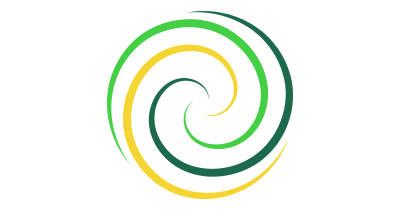
Community indicators of living well (1 of 2) (Past)
A peer-to-peer session on how we might identify and create community indicators of living well

Please Note: This event has now finished and can no longer be joined.
What does it mean to you to live well?
If we look at the Doughnut, we can see that the Social Foundation is made up of 12 dimensions. These dimensions, such as food, housing, education, are taken from the socially-focused goals from the United Nations Sustainable Development Goals (SDGs). These are goals that all the world’s governments agreed to, meaning that everyone has a claim to meeting them.
This is really helpful for seeing a global picture of wellbeing, but what about understanding wellbeing at the local level - in your street, your neighbourhood, your town or city?
At the local level there are lots of things that will be particularly - and sometimes uniquely - important to us when we think about what it means to live well. So how might we identify the indicators that will help us see and possibly even measure how well we’re doing on these things, and how we might go about improving them.
If this sounds of interest to you then join us for this peer-to-peer exploration into how we might identify and create community indicators of living well.
There will be space to share approaches we’re aware of, as well as any insights we’ve gathered, and questions that are most alive for us.
This is one of two sessions. Please use the link above to register and you'll receive a zoom link to join.
If you would know more about the session, or if you have any access requirements, please email Rob Shorter rob@doughnuteconomics.org, Communities & Art Lead at DEAL, who will be facilitating.
-
Member

.jpeg)
Rob Shorter
London, England, United Kingdom
Communities & Art Lead at DEAL | Steward of the global community of grassroots organisers using Doughnut Economics | Workshop facilitator | DEAL Team tool designer | Collective imagination practitioner | Game designer | Musician
-
Member


Gayle Dallaston
Brisbane, Australia
Founder of The Shady Lanes Project and member of Regen Brisbane When I started my verge garden, my reason was simple. I was fed up with mowing it. Back then, I had no idea where it would lead me. Now I think verge gardens could be the key to saving us from the worst of climate change and biodiversity loss. Big claim for unimportant little bits of land, you might say. Come on the journey and see if you change your mind. The Shady Lanes Project is about a lot more than us all planting out our little patches. It’s about bringing diverse people together to learn how to collaborate by doing. It’s about changing the way we see nature. It’s about eco-systems thinking. Most of all, it’s about learning by doing the doable - and making what’s doable grow. [ShadyLanes_verge_eastward.jpg] [ ] Find out more: Website - Substack and newsletter
-
Member


Gemma Young
Vietnam
-
Member

Rhiannon-Jane Raftery
-
Member

Nicolas L
Bristol
Comments
Join the DEAL Community!
Get inspired, connect with others and become part of the movement. No matter how big or small your contribution is, you’re welcome to join!